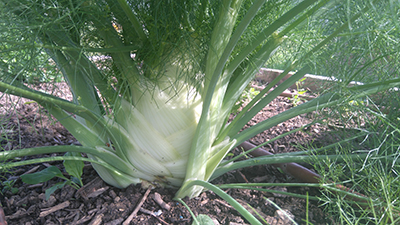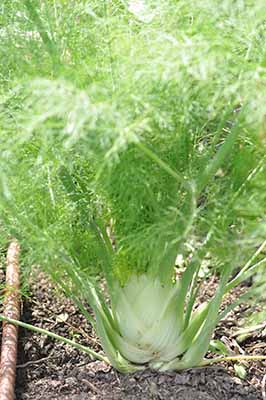Foeniculum vulgare






| ENG | Fennel |
| SK | Fenikel obyčajný |
| CZ | Fenykl obecný |
| PL | Fenkuł, koper włoski |
| HU |
Using
Fennel has been used in traditional medicine for a wide range of ailments related to digestive, endocrine, reproductive, and respiratory systems. Additionally, it is also used as a galactagogic agent for lactating mothers, and it provides a noteworthy basis in pharmaceutical biology for the development/formulation of new drugs and future clinical uses.
Compiled data indicate their efficacy in several in vitro and in vivo pharmacological properties such as antimicrobial, antiviral, anti-inflammatory, antimutagenic, antinociceptive, antipyretic, antispasmodic, antithrombotic, apoptotic, cardiovascular, chemomodulatory, antitumor, hepatoprotective, hypoglycemic, hypolipidemic, and memory enhancing property.
Phytochemical studies have shown the presence of numerous valuable compounds, such as volatile compounds, flavonoids, phenolic compounds, fatty acids, and amino acids.
The commercially available drug comes from imports from China, Egypt, Bulgaria, Hungary and Romania.
Botanical charakteristic
Fennel is native to the mediterranean, and is cultivated throughout Europe, Asia, India, Australia, and North America. The herb is a biennial or perennial grown in temperate climates, and an annual when grown in colder climates.
Foeniculum comes from the Latin "fenum" = hay, which is used here in the diminutive form. The blue-green, bluish frosted plant grows up to 120cm and blooms in July / August with numerous small golden yellow flowers, 12 to 25 are arranged in the double-rayed umbels. The aromatic leaves are scented with conspicuous leaf sheaths in a pithy stem. They are 3 to 4 times pinnate with very narrow, almost thread-like leaves. When ripe they are greenish-brown fruits 3 to 12mm long with 5 light, angular protruding ribs. Like all Umbelliferae it has "double achenes" which easily disintegrate even before they come apart into the two fruits (achenes).
Why to have the plant in your garden:
Fennel maybe consumed daily, in the raw form as salads and snacks, stewed, boiled, grilled, or baked in several dishes and even used in the preparation of herbal teas or spirits. A diet with desired quantity of fennel could bring potential health benefits due to its valuable nutritional composition with respect to presence of essential fatty acids.
It is an indispensable ingredient in modern French and Italian cooking. All parts of the plant are aromatic and can be used in many ways.
Text:
Ing. Ján Farkaš, SUA, Nitra, Slovak Republic
Photo:
Dr. Ján Mezey, Dr. Ivana Mezeyová, SUA, Nitra, Slovak Republic
Links to scientific articles
http://www.koop-phyto.org/en/medicinal-plants/fennel.php

